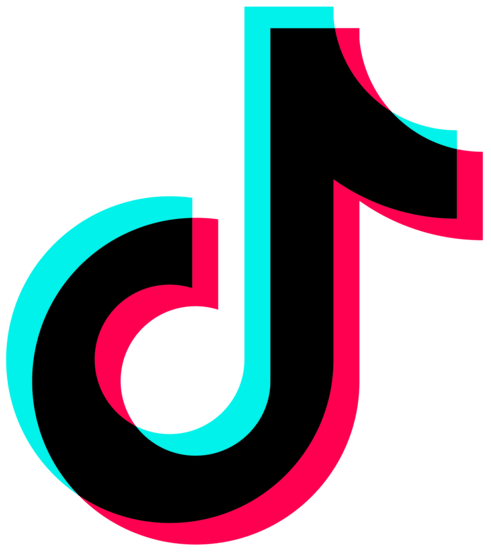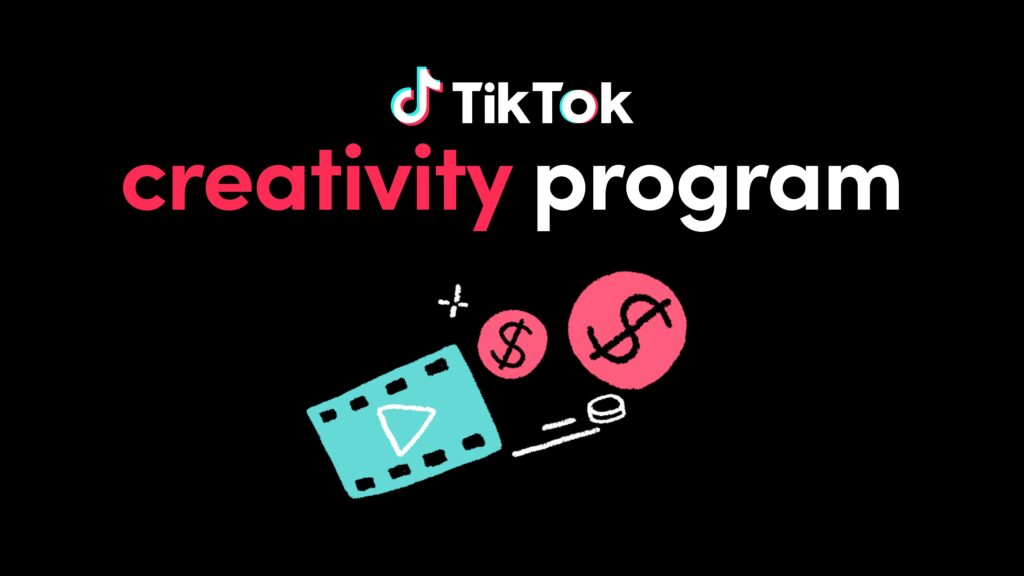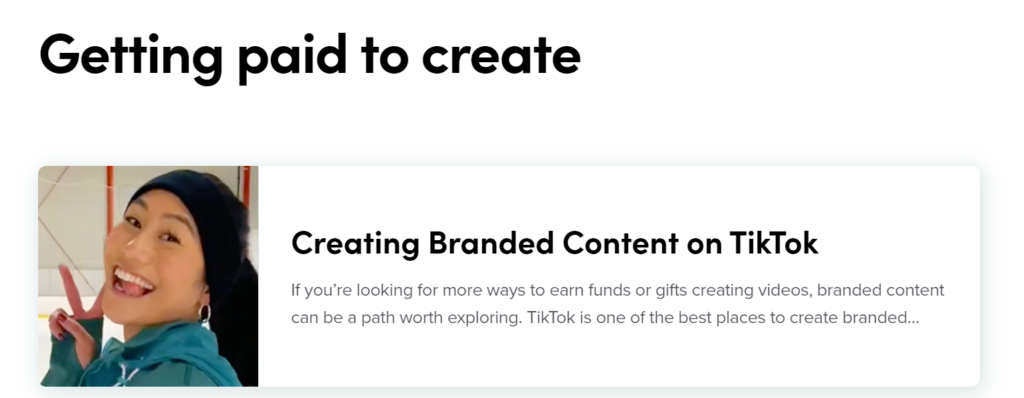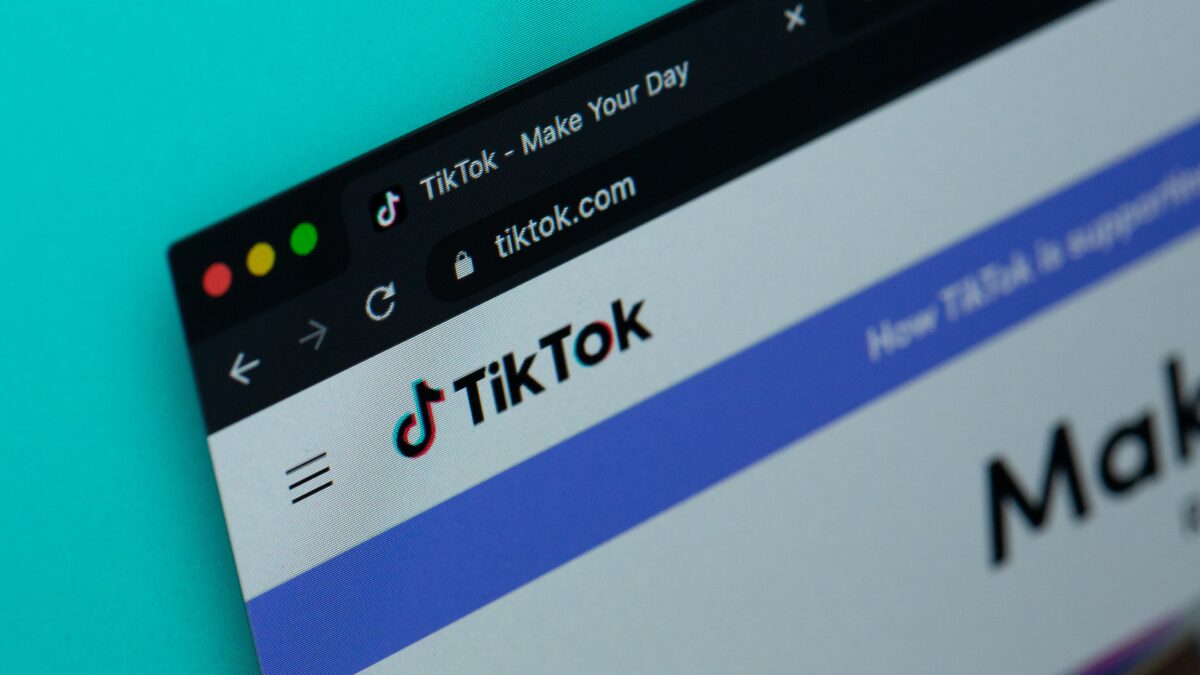TikTok, the viral video-sharing app that blew up since its 2016 release, has been evolving. Recently, many platforms have been pushing to reward creators through monetization programs. YouTube Shorts, for instance, have taken major steps in helping creators earn revenue through their videos. In 2020, TikTok launched the Creator Fund, investing over $200 million USD into their creators. However, this program had significant criticisms, with many smaller creators finding their accounts shadow-banned and losing views after signing up. While it was a step in the right direction, TikTok still had a long way to go to compete with other platforms in terms of creator compensation.

Beginning in 2021, viewers of TikTok LIVE streams could send gifts to their favorite creators, which they can exchange for real money once the LIVE video ends. Finally, in 2022, TikTok introduced Subscriptions, a monthly fee assessed to users to become a “subscriber” of their favorite TikToker, much like Twitch subscriptions. Despite all these changes, many creators still could not make sustainable incomes through TikTok. In 2023, that might change, thanks to more and more platforms emphasizing the people that make their service worthwhile- the creators. Read on to see how TikTok plans to change its creator compensation strategy and how that could affect you as a creator.
TikTok Creativity Program

On February 20th, 2023, TikTok announced its new beta Creativity Program. As the name implies, it is not yet fully operational and will roll out slowly to creators. According to the official release from TikTok, the Creativity Program will be open initially on an invitation-only basis. After the invitation-only phase has concluded, the program enrollment will be open to other creators. Those already part of TikTok’s creator fund will be eligible to switch over to the Creativity Program. Other creators not in the Creator Fund must apply for the Creativity Program separately.
Unfortunately, details of the Creativity Program are fairly sparse at the moment. We know creators must be 18 or older, and there will be a minimum follower and video view requirement, though TikTok has not released those numbers yet. This is very similar to the Creator Fund requirements, so it will likely be the same to join the Creativity Program. We hope to learn more details soon, but only invited creators can join currently, and it may be a few months before this introductory phase ends.
The overall goal of the Creativity Program seems to be increasing revenue for creators, but TikTok did mention “real-world opportunities” in the announcement. What exactly this entails is unclear, but it could be anything from helping creators land brand deals to more in-person events hosted by TikTok. As for how this program will increase creator revenue, those plans are still a mystery. In 2020, users criticized the lack of transparency in the Creator Fund, so hopefully, TikTok has learned from those mistakes and won’t repeat the same poor communication with this new program.
TikTok Pulse

Originally introduced in 2022, TikTok Pulse is the app’s alternative approach to advertising. Using the TikTok algorithm, For You page, and hashtags, brands can now advertise on TikTok and have their videos appear in the top 4% of all videos.
Essentially, TikTok’s algorithm will take viral content posted by creators and embed relevant ads between these videos in the For You page. In simplest terms, TikTok will sandwich ads between user content performing well and relevant to the brand, whether in content or audience.
As an example, consider scrolling through your For You feed and seeing a popular video of a beauty influencer testing out new makeup. You watch it and scroll to the next video, and it’s an immersive and engaging ad from the same brand the influencer was reviewing. TikTok’s algorithm creates a synergy between the videos, making it more effective and less likely that users will scroll past the ad immediately.
TikTok Pulse encourages brands to become more creative with their advertisements, making them less gimmicky and more engaging. While brands posting their own advertisements may not directly affect most creators, it’s an important program to be aware of, as it is part of TikTok’s new algorithm.
TikTok Creator Portal

To keep creators happy and improve monetization, TikTok has introduced a new Creator Portal, designed to be a one-stop shop for learning how to make money on TikTok. The Creator Portal covers everything you need to know about monetizing your TikTok videos, including rarely discussed programs like Creator Marketplace and Creator Next. Once TikTok officially launches the Creativity Program, they will include it in the Creator Portal.
TikTok has also developed an alternative for businesses: the TikTok Creative Center. Within this platform, businesses can begin advertising on TikTok and using the app for social media marketing. TikTok Pulse is housed within the Creative Center. While it is free to create a TikTok for Business account and use the basic features of the Creative Center for advertising and extensive analytics, there is a fee. TikTok has created a centralized hub for creators and companies to make the most of the app in this and the Creator Portal.
Will these changes make TikTok better for creators?
As we’ve seen from social media giants like YouTube, investing in your creators means they will invest even more back into your platform. The creator economy has exploded, giving creators a voice like never before. It is no longer enough to say that a platform supports its creators without taking actions to bolster said support. Hopefully, TikTok has learned from the mistakes made with the Creator Fund, and they will become more liberal in sharing profits with their creators. It’s too early to say if the Creativity Program will make positive changes for creators, but the lack of transparency and planning on the front end of its release does not leave a great impression. Only time will tell, but this is a current development that TikTok creators should follow closely.


